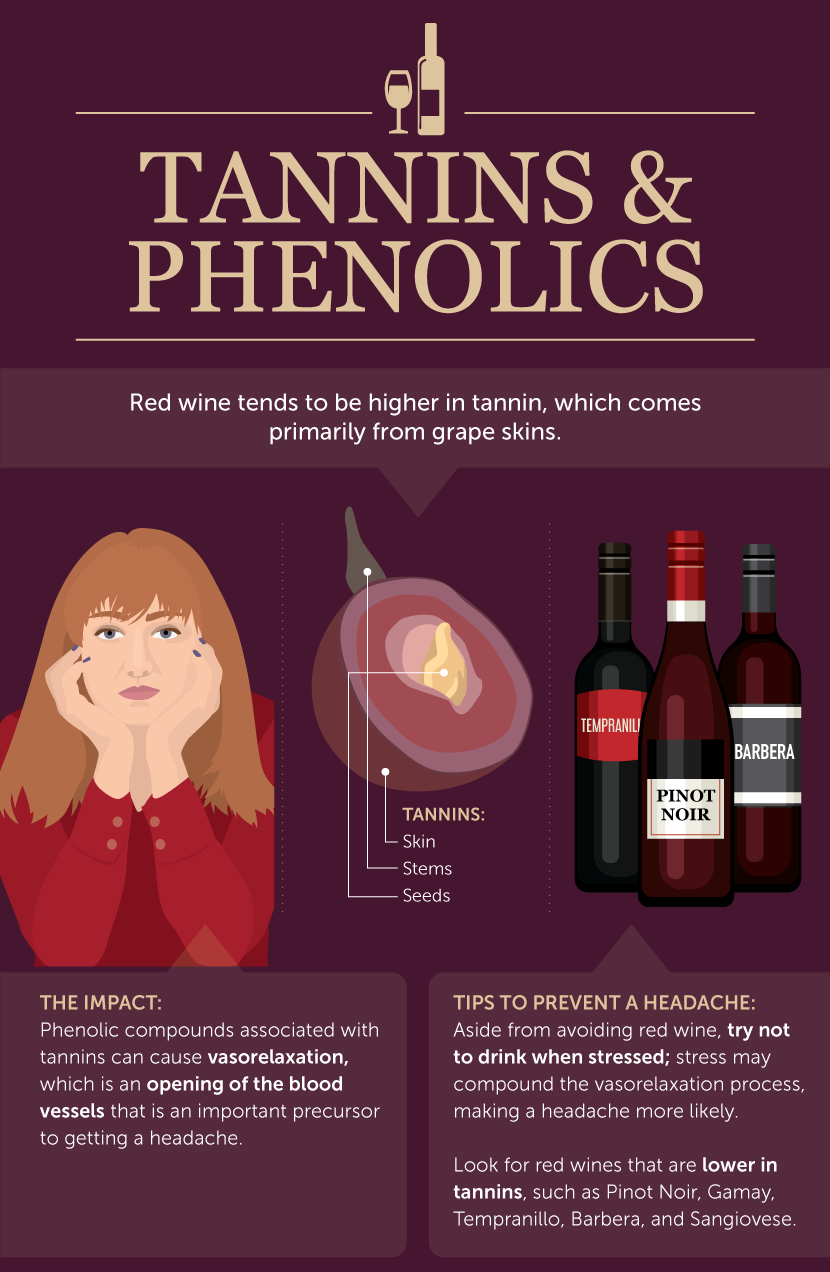Tannin Sources and Importance
Tannic acid is a tannin, and it is an important component of red wine. It is obtained from plants such as berries, coffee beans, tea leaves, acorns cocoa, turmeric, hibiscus, oak tree and chestnut tree 1. It provides structure, astringency and aids with long-term aging of wine1. Tannins typically get into red wine through grape skin, grape seed, grape stem, oak trees or when they are used as fining agents 1. Most red wines are made from grapes 1.
Tannin and the Taste of Wine
Additionally, tannic acid is added to wine during the manufacturing process due to its effect in wine aging and fining 2. Upon addition of tannic acid to wine, it binds to proteins and other macro molecules in the wine, leading to precipitation of these macro molecules, which can then be sieved out of the wine, giving rise to clearer, smoother wine2. Older wine tastes better than new wine, and this is because tannins precipitate with time, leading to less astringency and bitterness in the flavor of the wine 2. Wines are typically stored in oak woods to make the wines age and have a nicer flavor and texture 2. Since oak trees are a major source of tannins, tannins from the wood tend to get into the wine during the aging process 2.
What Causes Red Wine Headaches? It Could be What You're Pairing it With. https://www.fix.com/blog/avoiding-wine- headaches/ (accessed Feb 20, 2019).
Have you ever wondered why you get a headache after you take certain red wines but not white wine? It is most likely because of the presence of tannin in the wine 3. Tannins have been shown to cause effects such as headaches/migraines, stomach ache and bowel irritation in people who are tannin intolerant 3. It is important to note that not only the tannin in wine but also some other chemicals in wine are the cause of negative effects associated with wine intake. These components include: anthocyanin, sulfite and histamine3.
Tannin Precautions
Typically, white wines have no tannic acid, however if you really want to have red wine without the negative effects that come with tannins, wines such as:
References:
1Lamy, E.; Capela-Silva, F.; pinheiro, C.; Rodrigues, L.; Lopes, O. S.; Tavares, S.; Gaspar, R. Recent Patents on Food, Nutrition & Agriculture 2018, 9 (2), 78–78..
2What Causes Red Wine Headaches? It Could be What You're Pairing it With. https://www.fix.com/blog/avoiding-wine-headaches/ (accessed Feb 20, 2019).
3Fine Wine and Good Spirits. Wine Sensitivities. https://www.finewineandgoodspirits.com/wcsstore/WineandSpirits/learnentertain/entertain/wine_sensitivities.html (accessed Feb 20, 2019).

No comments:
Post a Comment